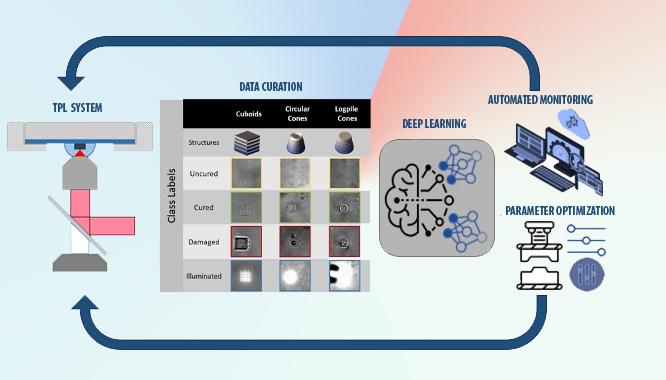
User opening a file in a PixelDrone cone tree. Credit: Image courtesy of Queen’s University
An interactive swarm of flying 3D pixels (voxels) is set to revolutionize the way people interact with virtual reality. The system, called BitDrones, allows users to explore virtual 3D information by interacting with physical self-levitating building blocks – materials capable of changing their 3D shape in a programmable fashion – using swarms of nano quadcopters. Apps include real-reality 3D modeling, gaming, molecular modeling, medical imaging, robotics and online information visualization.
“BitDrones brings flying programmable matter, such as featured in the futuristic Disney movie Big Hero 6, closer to reality,” says Dr. Vertegaal...
Read More









Recent Comments